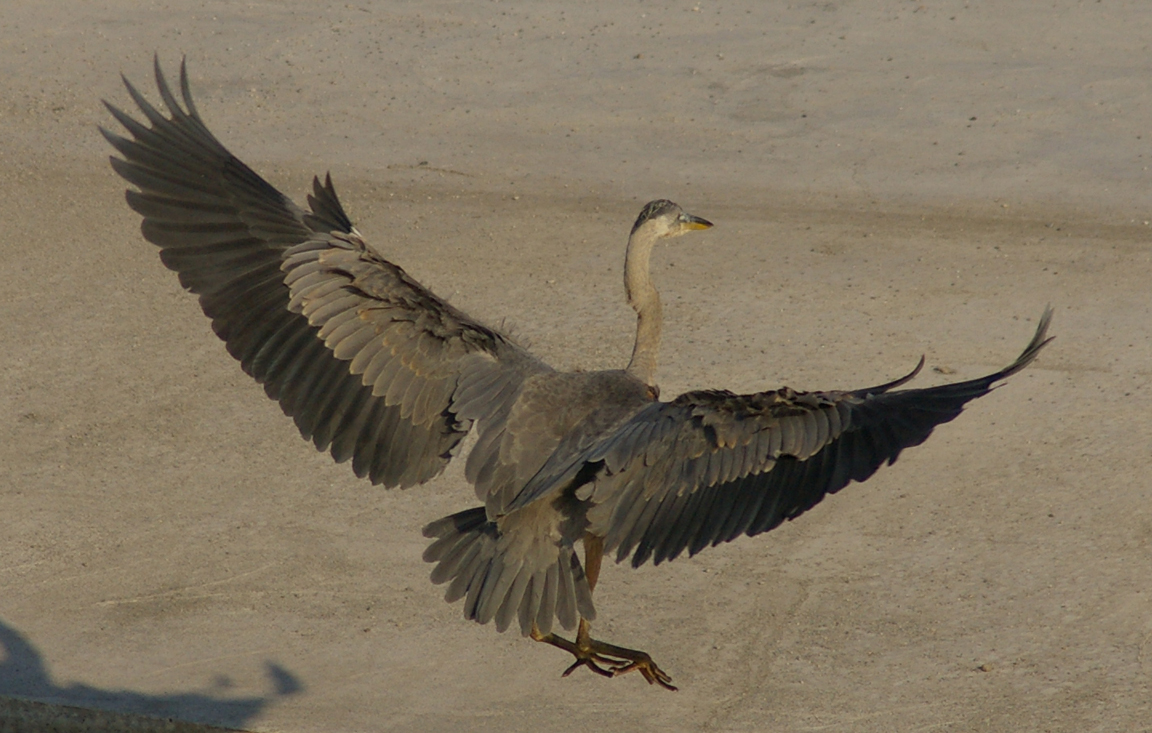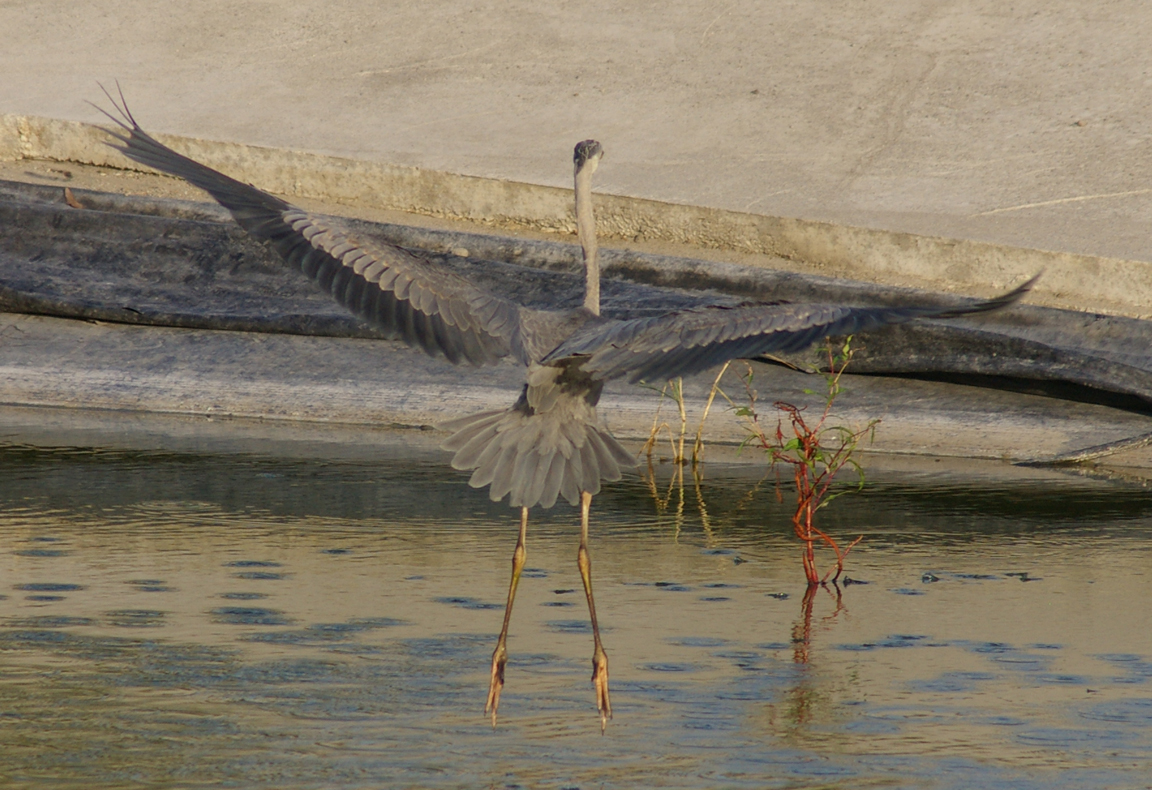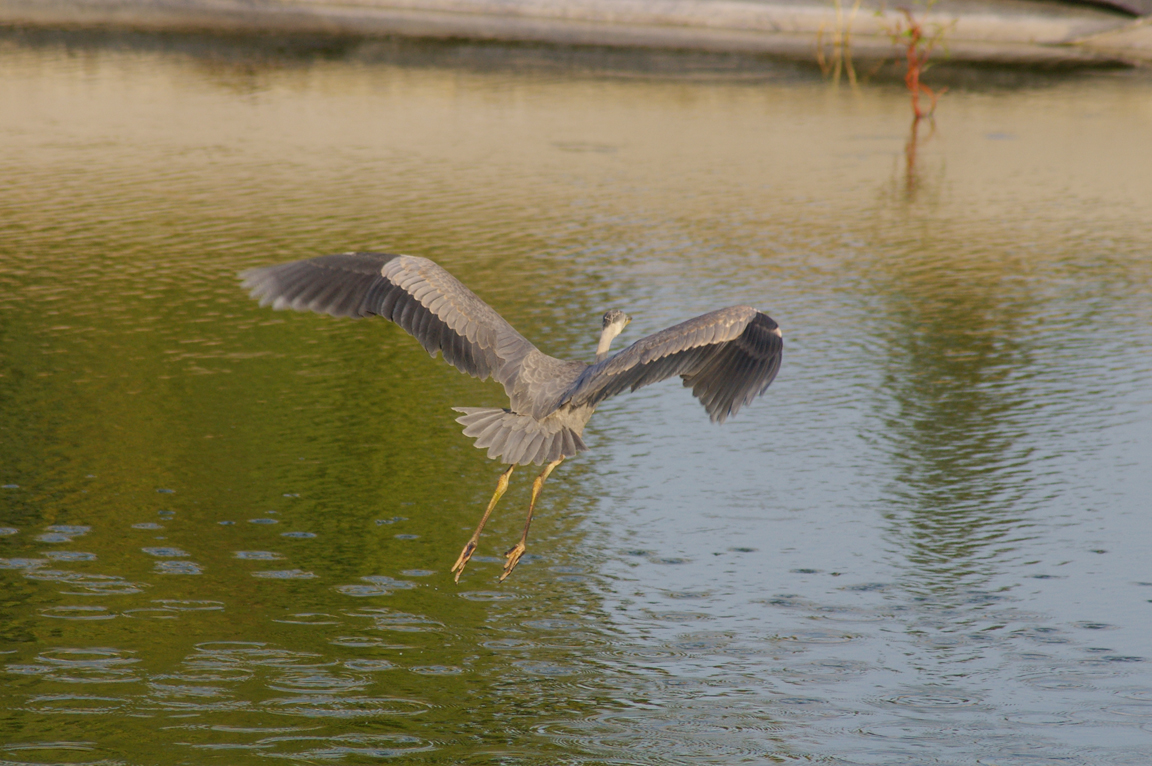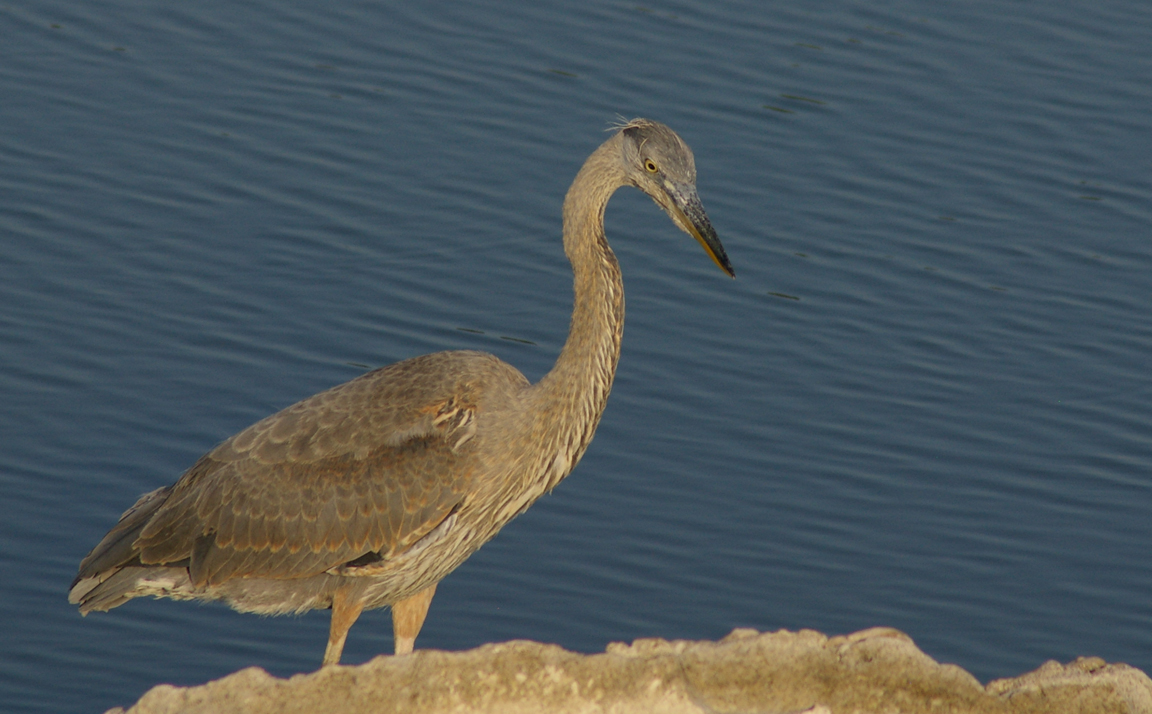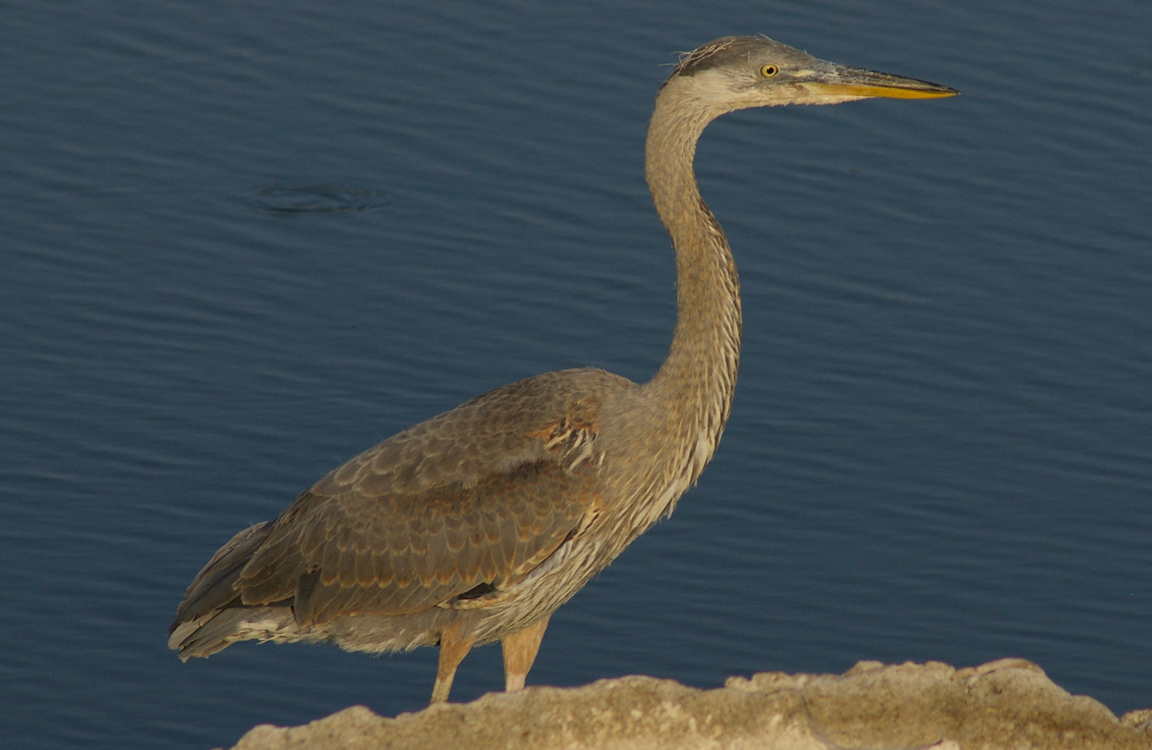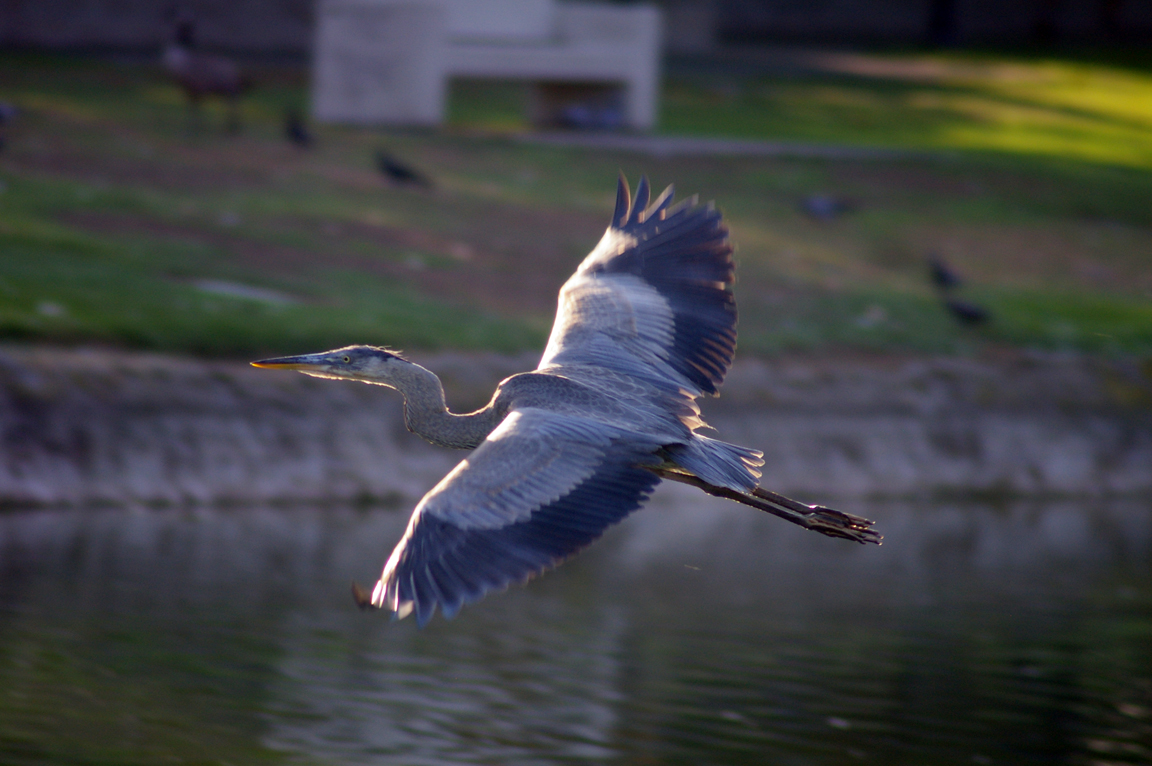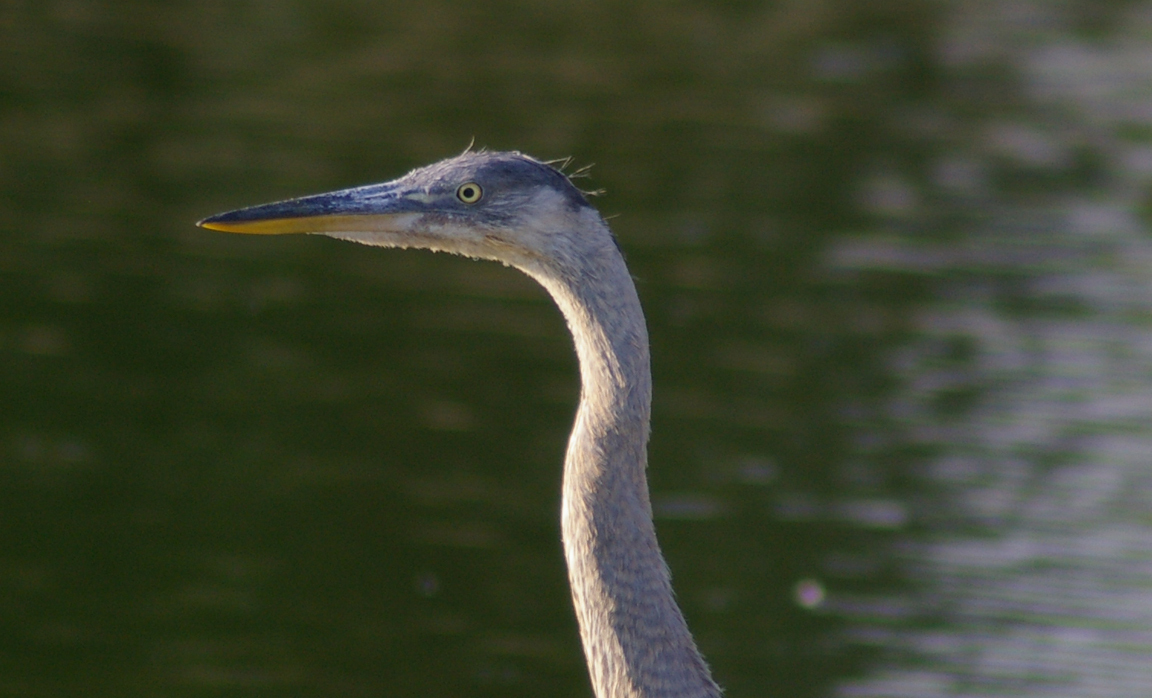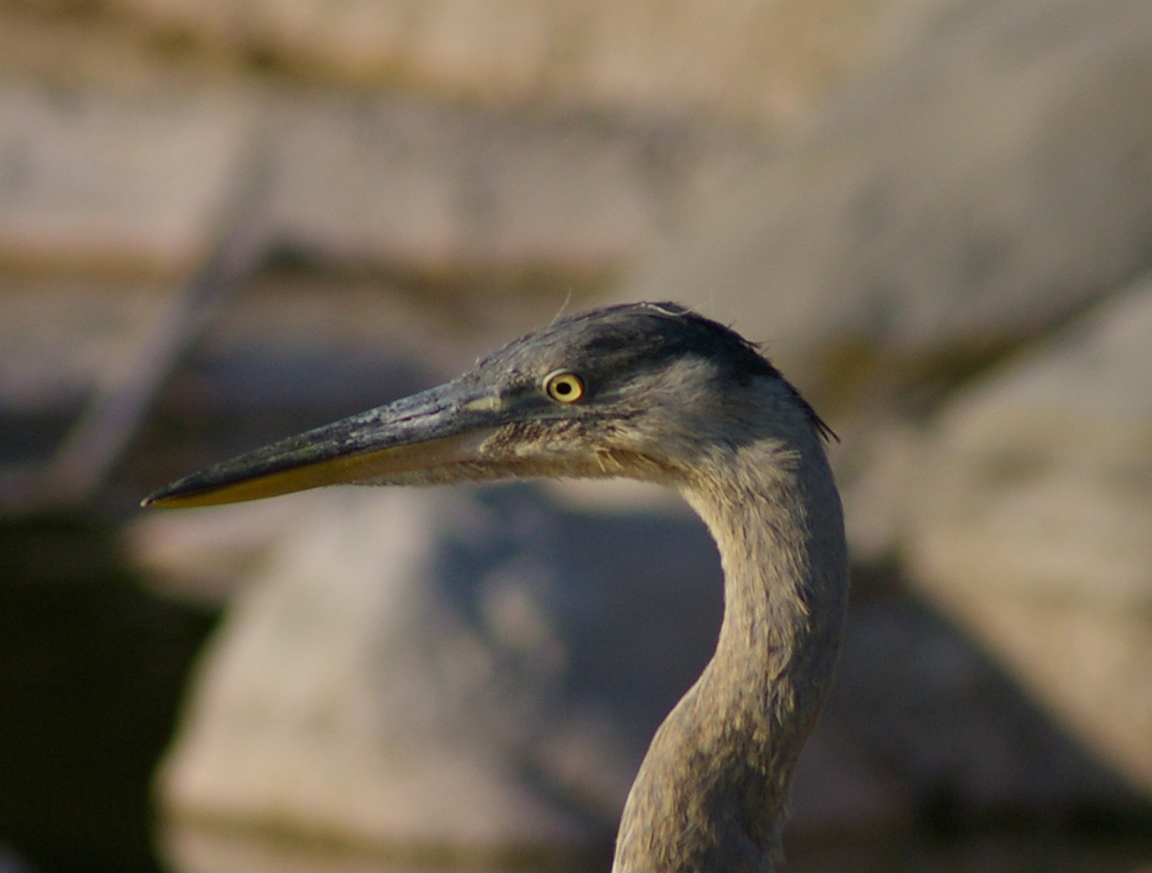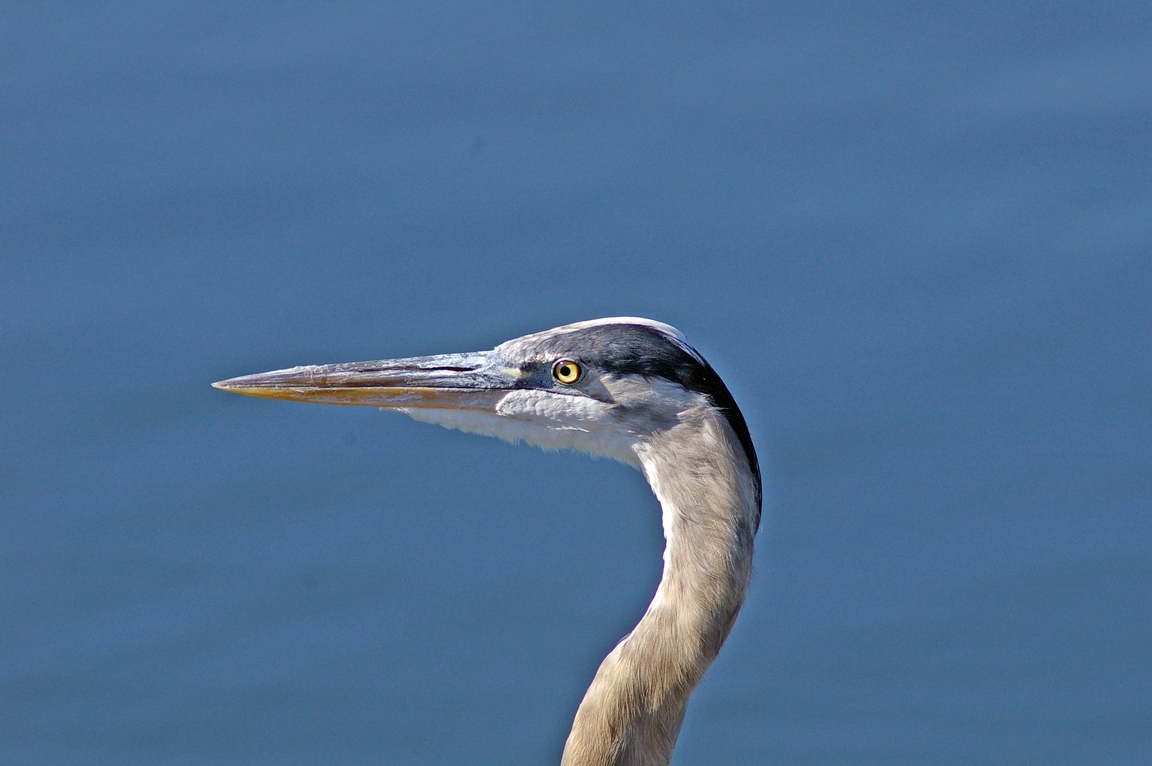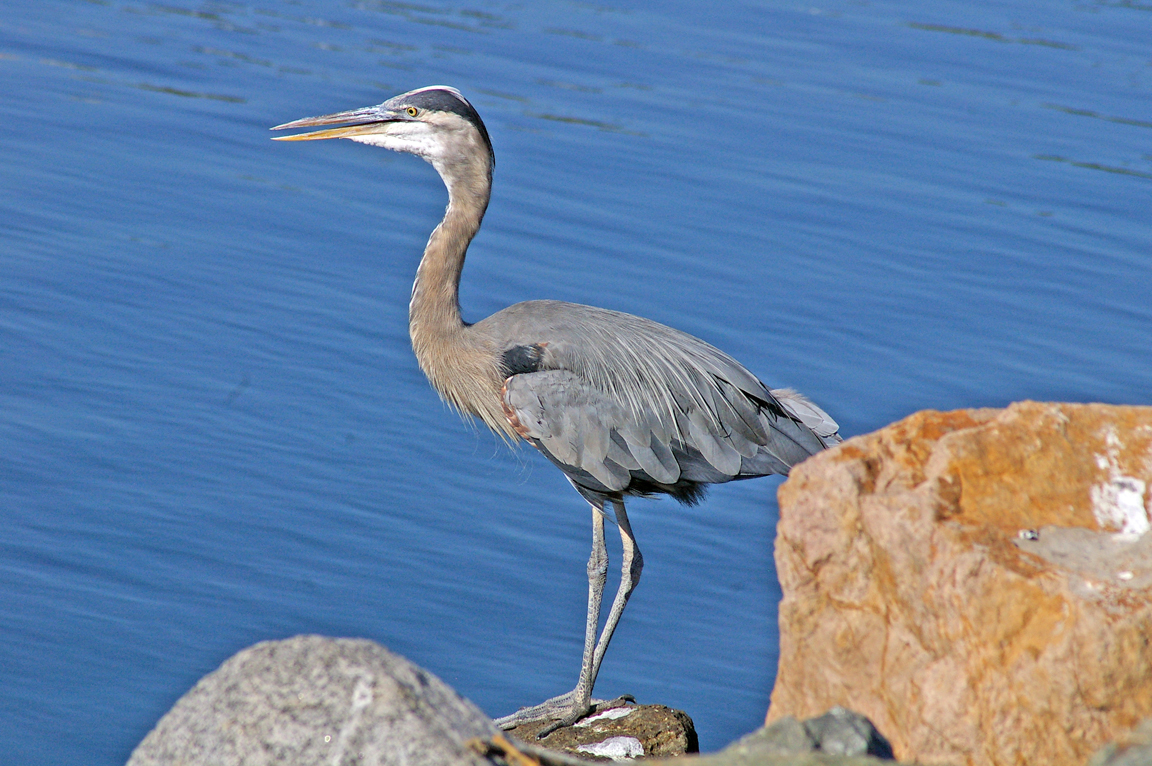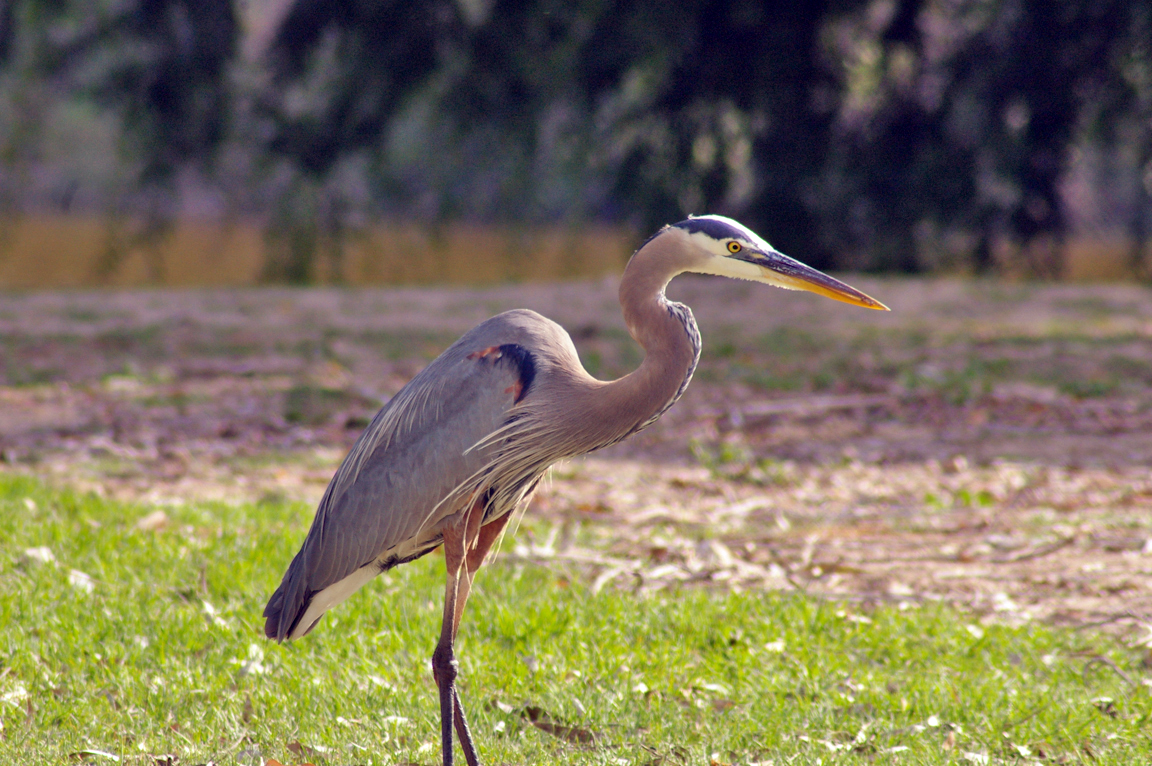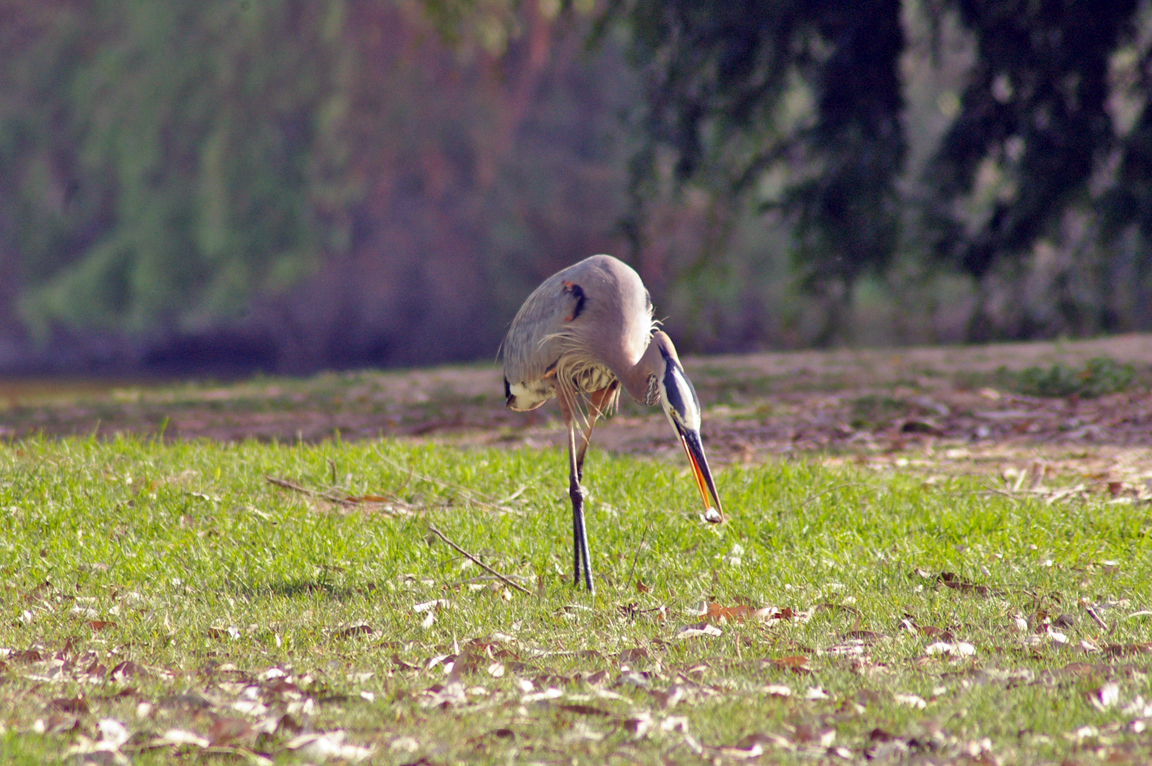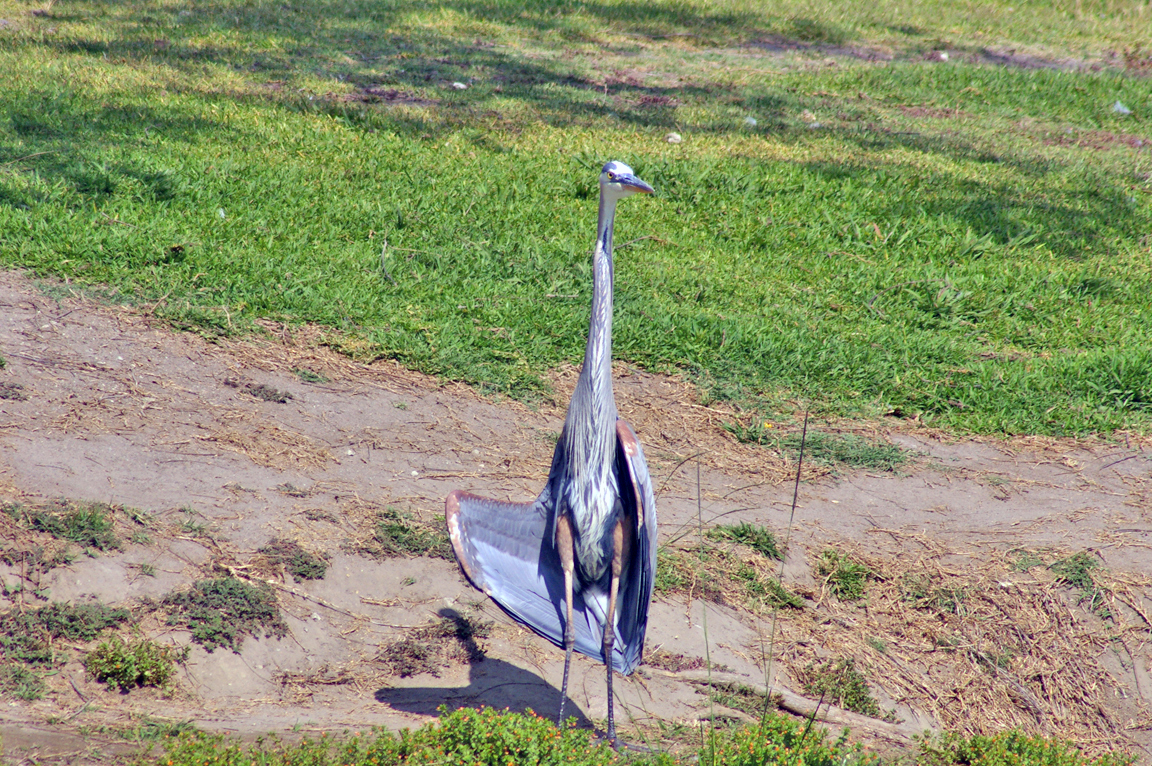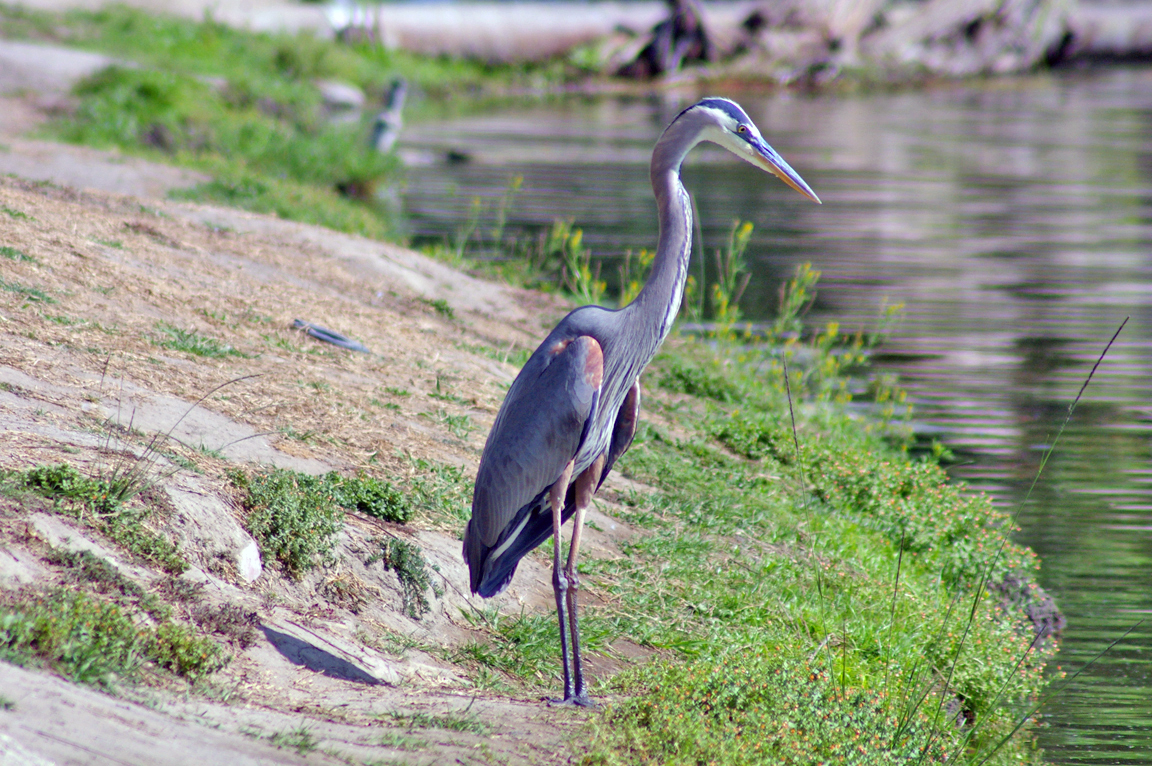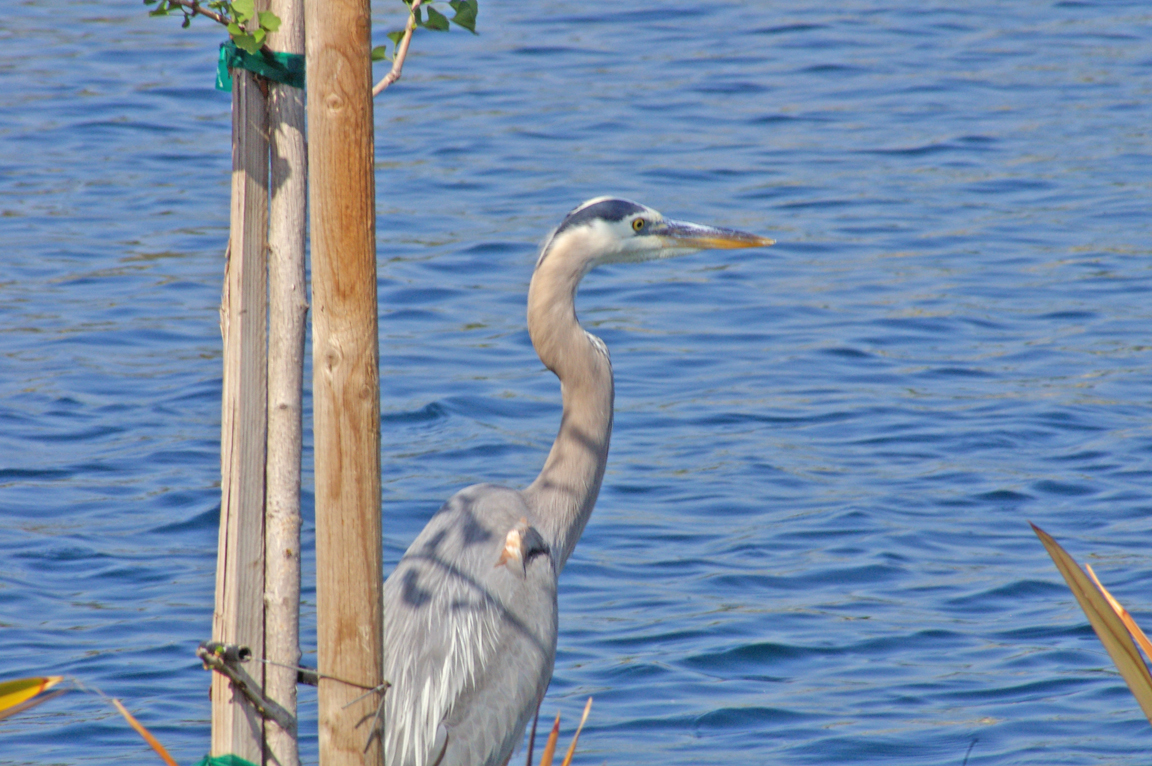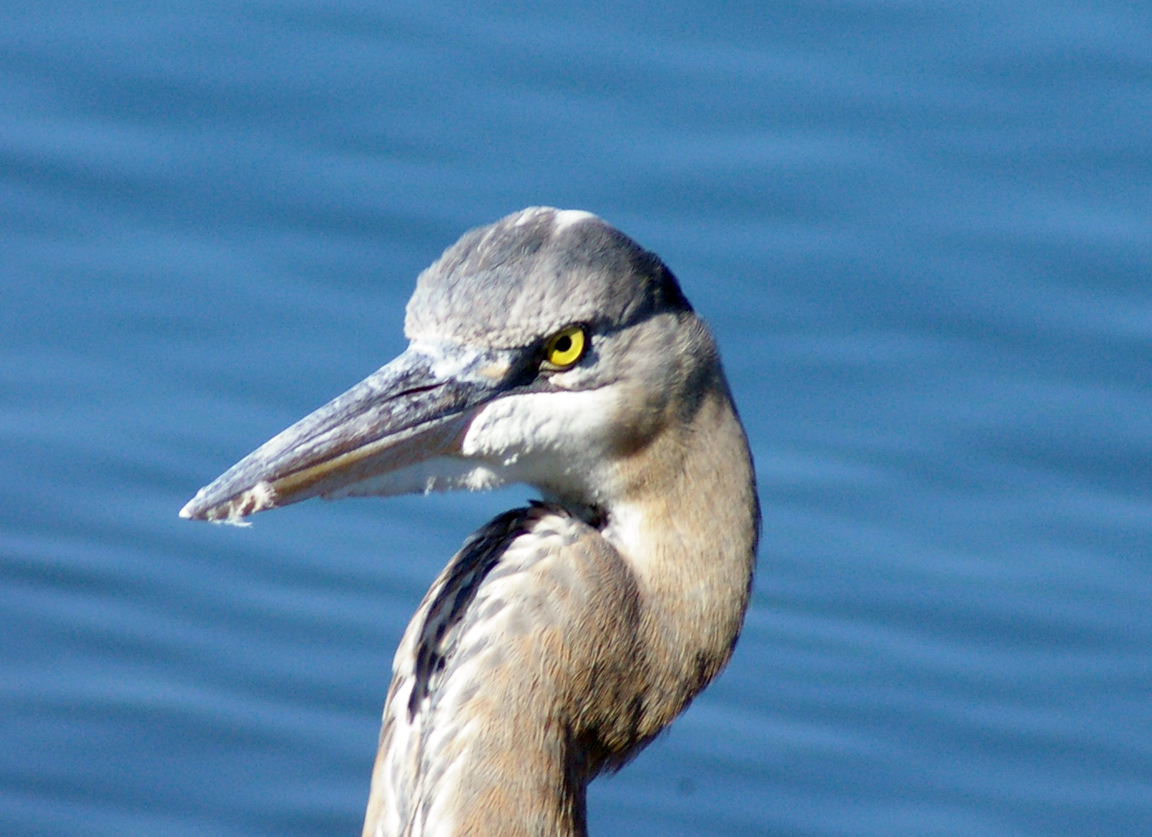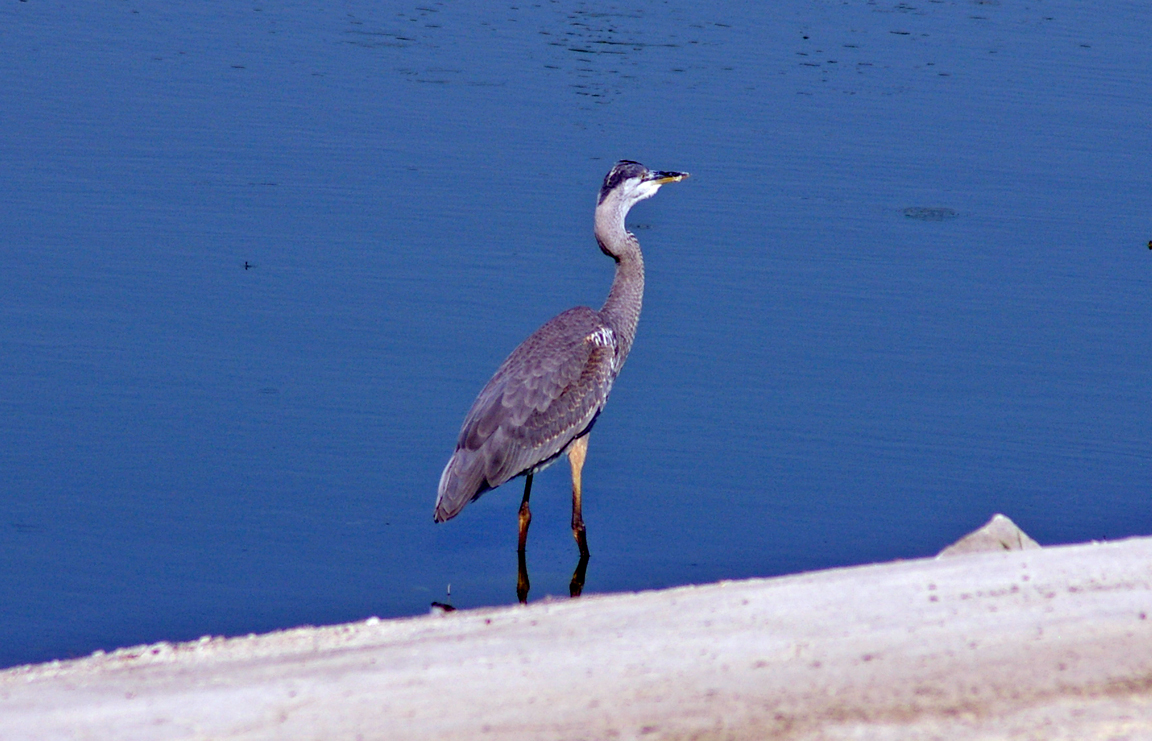|
|
|
 |
Great Blue Heron
|
| Ardea herodias | |
The largest and most widespread heron in North America, the Great Blue Heron can be found along the ocean shore or the edge of a small inland pond. An all white form is found from southern Florida into the Caribbean, and used to be considered a separate species, the "Great White Heron."
Interesting Information
-
The white form of the Great Blue Heron, known as the "great white heron," is found nearly exclusively in shallow marine waters along the coast of very southern Florida, the Yucatan Peninsula, and in the Caribbean. Where the dark and white forms overlap in Florida, intermediate birds known as "Wurdemann's herons" can be found. They have the bodies of a Great Blue Heron, but the white head and neck of the great white heron.
-
Although the Great Blue Heron eats primarily fish, it is adaptable and willing to eat other animals as well. Several studies have found that voles (mice) were a very important part of the diet, making up nearly half of what was fed to nestlings in Idaho. Occasionally a heron will choke to death trying to eat a fish that is too large to swallow.
-
Great Blue Herons congregate at fish hatcheries, creating potential problems for the fish farmers. A study found that herons ate mostly diseased fish that would have died shortly anyway. Sick fish spent more time near the surface of the water where they were more vulnerable to the herons.
Description
Adult Description
-
Size: 97-137 cm (38-54 in)
- Wingspan: 167-201 cm (66-79 in)
- Weight: 2100-2500 g (74.13-88.25 ounces)
- Large, gray bird.
- Long legs
- Long, "S"-shaped neck.
- Long, thick bill.
- White crown stripe.
- Black plume extending from behind eye to off the back of the neck.
- Shaggy feathers on neck and back.
- Bluish gray back, wings, and belly.
- Reddish or gray neck.
- White morph all white with pale legs, yellow bill.
- Front of neck streaked with white, black, and rusty brown.
- Bill yellowish.
- Legs brownish or greenish.
- Eyes yellow.
- Thighs rust colored.
- Black patch at bend of wing.
- Flight feathers blackish on top, contrasting with center of wings.
- Cinnamon patch at leading edge of underside of wing.
Sex Differences
Sexes similar.
Immature
Juvenile similar to adult, but has gray crown, a dark upper bill, rusty brown edging to back feathers, and lacks body plumes.
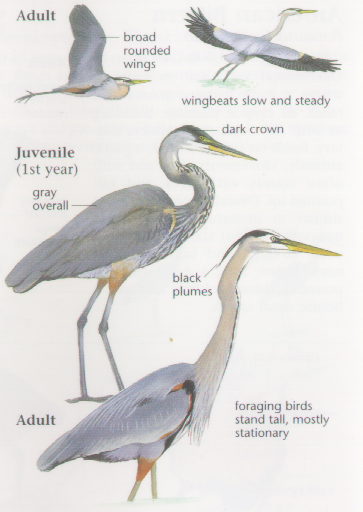
Photo taken from: The Sibley Field Guide by David Allen Sibley
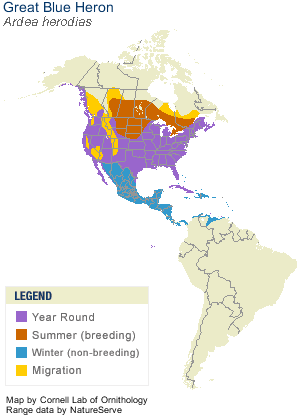
© 2003 Cornell Lab of Ornithology
|
Habitat |
|
Found along calm freshwater and seacoasts. Usually nests in trees near water, but colonies can be found away from water. Great White Heron found almost exclusively in shallow marine habitats. |
|
Behavior |
|
Walks slowly, stands and stabs prey with quick lunge of the bill. |
|
Food |
|
Fish, invertebrates, amphibians, reptiles, birds, and small mammals. |
Taxonomy
| Kingdom: | Animalia |
| Phylum: | Chordata |
| Subphylum: | Vertebrata |
| Class: | Aves |
| Order: | Pelecaniformes |
| Family: | Ardeidae |
| Subfamily: | Ardeinae |
| Genus: | Ardea |
| Species: | Ardea herodias |
| Subspecies: | Ardea herodias cognata |
| Ardea herodias fannini | |
| Ardea herodias herodias | |
| Ardea herodias occidentalis |
Similar Species |
|
|
Bird Sound |
|
Call a deep, hoarse croak. |
|
Eggs look like this |
|
Photo taken from: ARCTOS Collaborative Collection Management Solution |
